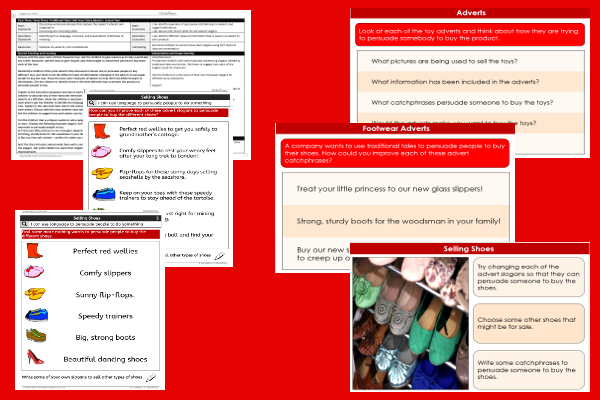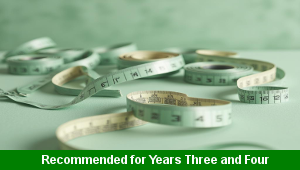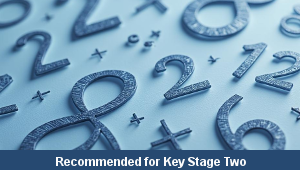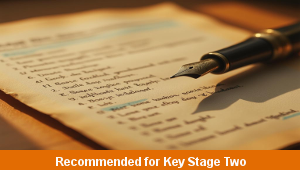Lesson Two – Advert Slogans

This English teaching pack for Key Stage Two gets the children to practise selecting and using persuasive language in a range of written adverts for footwear matching the events in some different traditional stories.
The class can identify examples of persuasive catchphrases in adverts and suggest more effective alternatives to compel someone to complete an action.
Download this teaching pack including a lesson plan, classroom activities and an interactive presentation to practise selecting and using persuasive language in a range of written adverts for footwear matching the events in some different traditional stories
Activities in this teaching pack include a set of differentiated worksheets to identify and record how to change and improve examples of persuasive language that have been used in the slogans and catchphrases that appear in adverts for footwear matching different traditional stories.
The interactive presentation gets the children to explore how to use persuasive language in adverts for footwear matching different traditional stories.
This lesson is part of an English scheme of work to get the children to investigate and describe the use of persuasive language used in adverts linked to traditional tales, explore the spelling of words with the tion suffix and practise using headings to present information about different subjects in a text. There are teaching activities for shared learning, differentiated worksheets to support independent learning and interactive presentations to introduce concepts and key skills.
-

Length Calculations
Practise using number calculations skills for addition, subtraction, division and multiplication when solving problems related to length measurements
-

Maths Calculations Assessment
Assess abilities in solving a range of different number problems for addition and subtraction when working with informal and formal written calculations
-

Determinant Lists
Explain and model how to make lists of objects used and found in different locations to match the correct determinants of a and an
-

English SPAG Assessment
Assess abilities in composing sentences for fiction and non-fiction using the correct spellings, punctuation marks and grammar vocabulary phrases
